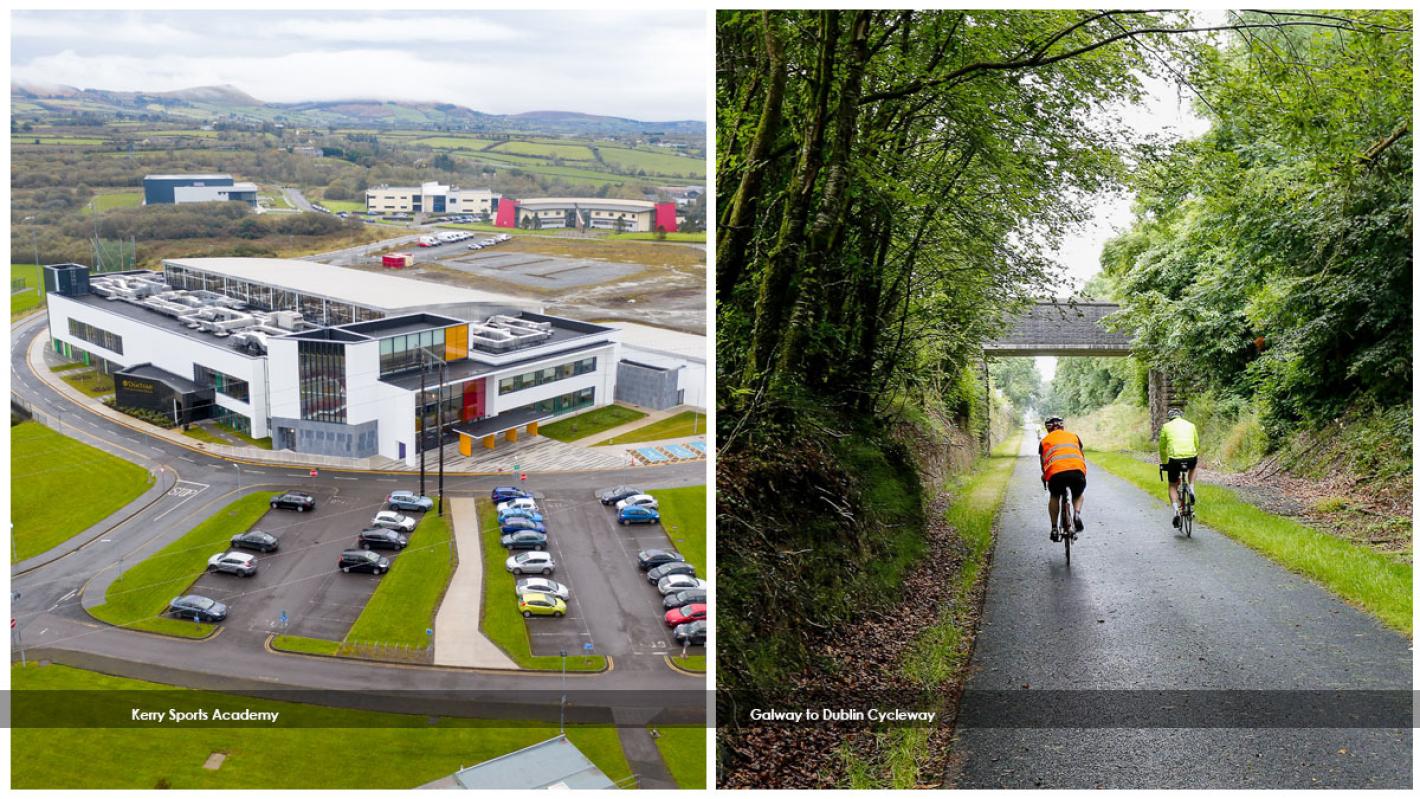
Roughan & O’Donovan (ROD) is delighted to have two projects shortlisted for this year’s ACEI Design Excellence Awards, which celebrate excellence and innovation in engineering.
The Galway to Dublin Cycleway has been selected in the ‘environmental sustainability-natural environment’ category, while the Kerry Sports Academy has been selected in the ‘structural’ category.
The other shortlisted projects in the environmental sustainability-natural environment category are RPS for St Erth Multi Modal Hub, Cornwall, Sweco for Oweninny Windfarm, Arup for Mary Elmes Bridge and O’Connor Sutton Cronin for Hillsborough Castle.
The other shortlisted projects in the structural category are Arup for Trinity Business School, Barrett Mahony Consulting Engineers for Opus, 6 Hanover Quay, PUNCH for Gardens International, Limerick and O’Connor Sutton Cronin for NUI Galway, Human Biology Building.
The winners will be announced on 27 March 2020 at the ACEI Awards Dinner in the Intercontinental Hotel, Dublin.
Galway to Dublin Cycleway
The 110km Athlone to Maynooth Cycleway is Ireland’s longest recreational cycle route and heralds a new era of long-distance cycling infrastructure. It is part of an ambitious plan to create a dedicated coast- to-coast cycleway linking Dublin to Galway and stretching 270km across the country.
When complete, this dedicated inter-city route has the potential to inspire cyclists and walkers everywhere to put it on their holiday wish-list, in much the same way that Ireland’s first long-distance touring route, the Wild Atlantic Way, has done for the West.
ROD, with design partner AECOM, was appointed by Westmeath County Council to plan and design the route in 2012. In delivering the project, the team drew upon international best practice in cycling infrastructure to overturn the conventional wisdom that the ‘shortest route is best’ and champion the ‘slow and interesting’ route instead.
The cycleway takes, therefore, an indirect route across the midlands, along a historic railway and canal teeming with wildlife and away from traffic and noise.
The engineering of the route is small in scale, low-key and discreet. Perfectly in tune with its rural, historic surrounds, it recognises that in our over-crowded, over-excited, over-strained lives, we all want quiet, we all want beauty, we all need space.
This project is exceptional in that it demonstrates how small-scale engineering works, when undertaken in an environmentally sensitive manner, can deliver significant social and economic benefits.
Kerry Sports Academy
ROD, in joint venture with MRG Consulting Engineers (MRG), was appointed by the Institute of Technology Tralee to provide civil and structural engineering services for the delivery of the new Kerry Sports Academy building at the IT’s North Campus in Tralee.
The academy represents the first phase of the Institute’s Master Development Plan 2017- 2027.
This 8,400m2 universally accessible facility houses the:
- Institute’s health and leisure programmes
- National Centre for Adapted Physical Activity (APA) operated by Cara
- United Nations Educational Scientific and Cultural Organisation (UNESCO) Chair in Inclusive Physical Education, Sports Fitness and Recreation
- Comhaltas Ceoltoiri Éireann’s traditional music headquarters
- Kerry GAA Centre of Excellence
The footprint of the main academy building is accommodated within the institute’s circular campus, Core Road, with due allowance in the structural design for future vertical expansion and in the civil design for horizontal expansion.
The building incorporates many structural materials including concrete, structural steelwork, timber and masonry. These materials were selected to suit particular structural applications throughout and, with careful interface detailing, assist in delivering strongly visual structural elements.
From an environmental perspective, the use of off-site precast prestressed concrete floors and roofs and prefabricated structural steelwork roof trusses meant that the long spans for many of the sporting facilities within the building used minimum resources. The installed concrete elements do not generate any emissions, they are inherently resistant to fire and, at the end of the building’s lifecycle, they can be recycled.
From a social perspective, in addition to providing significant employment, the academy and the sporting programmes running within it have the potential to strengthen social networks and community identity in Kerry.
From an economic perspective, the design team examined the impacts of our civil and structural options across the entire lifecycle of the project. The choices we made helped to deliver a scheme that truly incorporates a whole-life view of the project.

